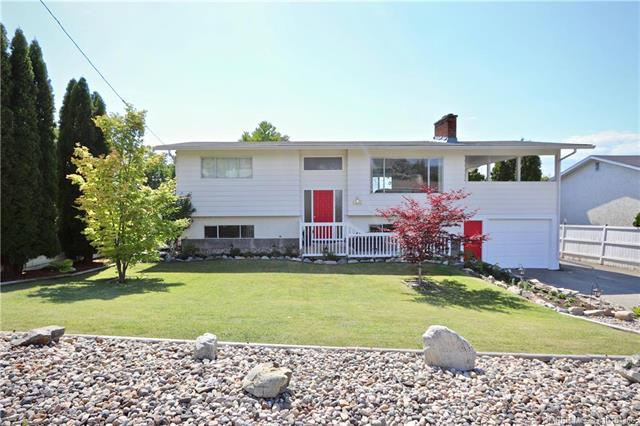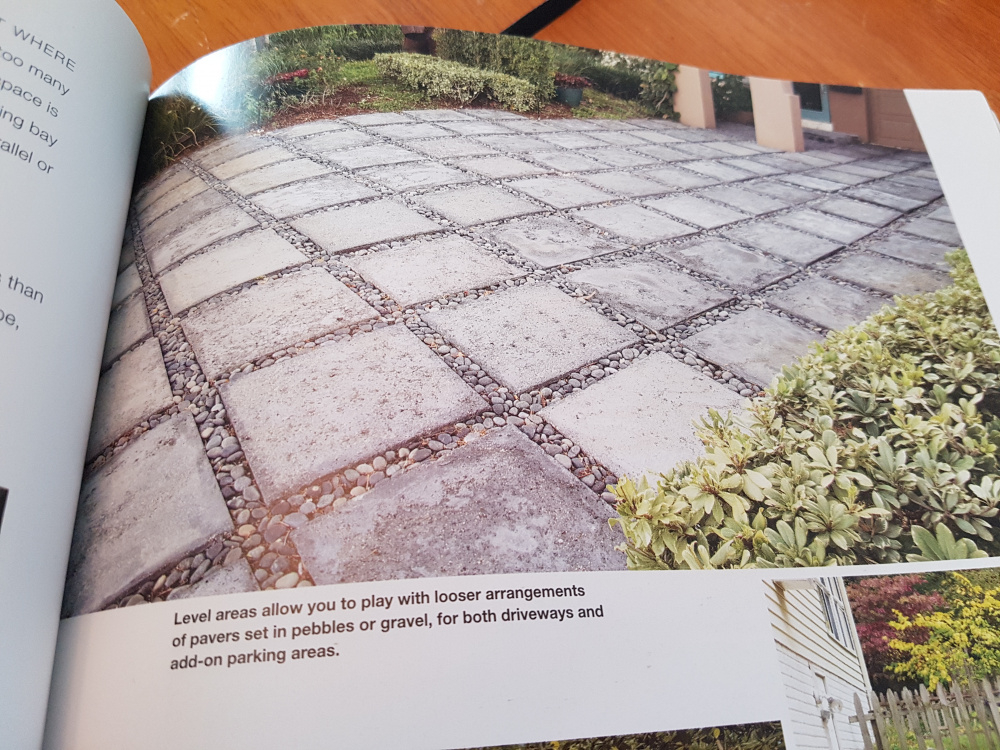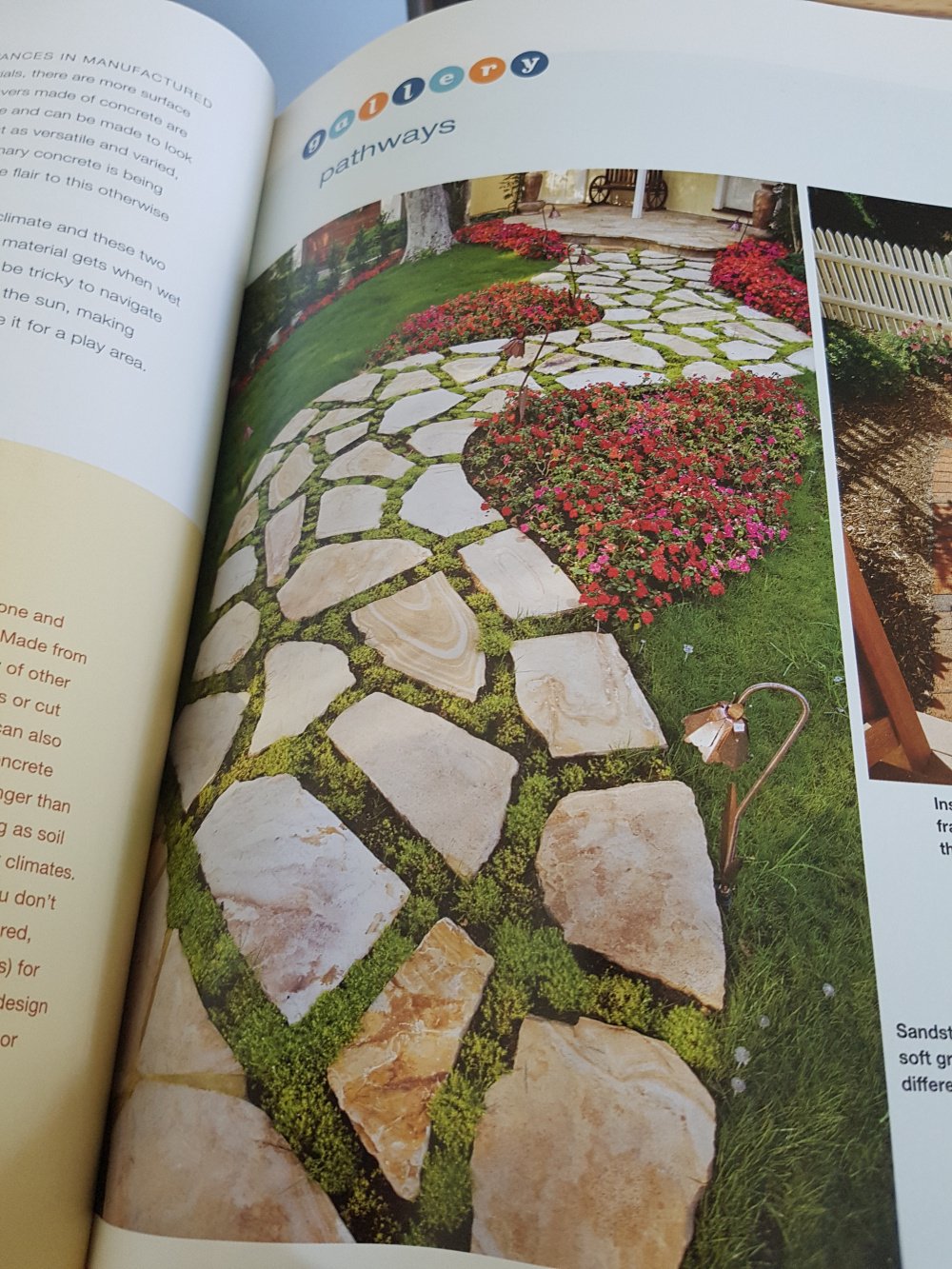This Forum will close on Wednesday 27 March, 2024. Please refer to the announcement on the Discussions page for further detail.
Redesigning the front garden
 HouseFinch
Posts: 328
HouseFinch
Posts: 328
Part 1:

This is what the front of our house looked like when we purchased it.
There were several reasons that change was necessary.
- Firstly, OH is the one that does all the mowing and we like to limit the area of grass so that we get to enjoy more time with him rather than just watching him push the mower from the window. Our last place had a lot of grass, so we had vowed never to do that again. Plus, we like to grow our own food. We prefer a more agricultural look.
- We also prefer to use our space and watering efficiently. The front outside tap is broken and won't be repaired until late fall at the earliest, so everything planted has to be reached from a single hose out back-where there is already a huge yard that requires much more attention. Two watering timers are set up on a single tap to cover all the space. OH had to daisy chain the timers.
- Though the grass looks green in this photo, the following spring there was far more moss than grass. We have a bit of a drainage issue where too much water is flowing down from developments above us. We knew we were going to have to redo the driveway and cement in the garage before we purchased the house. Planning for this, we moved the japanese maple tree (on the right) in November 2018 to our backyard.
This is the plan for the driveway:
- To accomplish the driveway and garage reno we will need to temporarily park a bin for the debri (the maple is thriving in its new location. It would not have been so happy with a rubble bin on top of it, or struggling for water all summer. Not only would it have needed watering, but the runoff from it would just aggravate the drainage issue in the garage.)
This is the design for the front garden pathway:
0
Posts
We used the best sod in the backyard to replace some river rock under our Katsura tree. It needed a better mulch than landscaping fabric, hard packed clay soil and heavy river rock over top of the starving roots. It has since thrived, and provided us with a cool, sheltered are to play in the backyard.
The remaining sod was laid upside down in five compost bins next to our blueberry hedge on the north end of our backyard. Every layer of sod got a sprinkling of coffee grounds-collected from local coffee shops. The method has worked extremely well for speeding up the decomposition in the past. Our household compost has also been poured in over-top throughout the summer. This includes grey water from boiled vegetables. I have already been able to use compost from the bins when planting perennials purchased this summer and look forward to spreading it over the beds this fall.